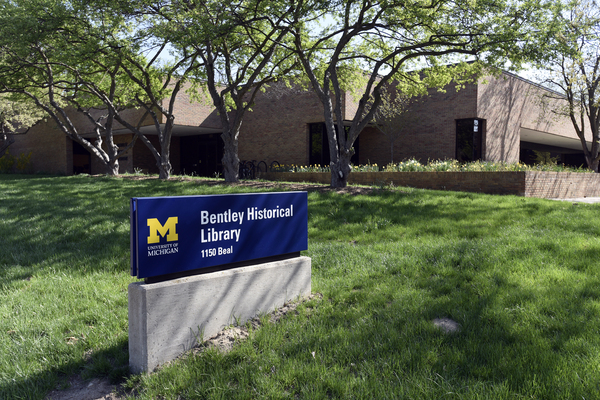Detroit based philanthropic foundation created by Senator James J. Couzens and administered by William J. Norton to fund organizations in Michigan involved in child health and child guidance; includes administrative records, correspondence, reports of field visits, and topical files.
In the period beginning from the start of the depression and continuing through the mid-1950s, the Children's Fund of Michigan (CFM) was the state's most important private source of funding for programs having to do with children's health and recreational needs. Established just as the depression was beginning, it is impossible to overestimate the contribution made by this organization in such areas as rudimentary child health and dental care, pediatric care, in the establishment of area children's clinics, in its grants to nursing associations and hospitals, in its sponsorship of research in areas pertaining to childhood diseases and ailments, and in the funding and support of such youth-related organizations as the Girls and Boys Scouts, the Green Pastures Camp for Detroit area African American youth, and the Society of St. Vincent de Paul. The organization affected thousands of young lives at a time when help was most needed. The record of its contribution is fully documented through such records as minutes, correspondence, reports from the field, memoranda, and financial records. Topics documented within this collection include the condition of children and young people in mid-Twentieth Century America as the nation went through depression, world war, and the uncertainties of the post-war; the administration of a unique multi-million dollar charitable organization and how it allocated its resources; and, lastly, the activities during a twenty-five year period of the several statewide organizations begun or largely supported with CFM funding.
This record group consists of files from the CFM office in Detroit. The files are of CFM executive director and secretary, William J. Norton, and various other division directors, in particular Maud Watson and John M. Dorsey of the Child Guidance Division and Bernard W. Carey of the Child Health Division. They cover the period of 1929-1954, the twenty-five year life of the Fund, although there are included some papers dating up to the early 1960s. The presence of this later dated material is easily explained. As someone who was involved in social welfare organizations other than CFM, Norton continued to use the files (as he had in the past) for those papers relating to his other philanthropic and charitable organization activities. This filing practice, in addition to the fact that Norton (after 1954) continued to receive and file reports and memoranda from organizations and facilities that had received CFM funding, accounts for post-1954 materials in this record group. Norton was so closely identified with both CFM and the numerous local and state charitable organizations of the time that it is not feasible to divorce the two kinds of records - especially as Norton chose to file them as one. The researcher should note that the library has a separate William J. Norton collection that was received separately from the CFM records and which was most likely maintained in a different location. This Norton collection includes more personal materials not necessarily relating to the Children's Fund.
